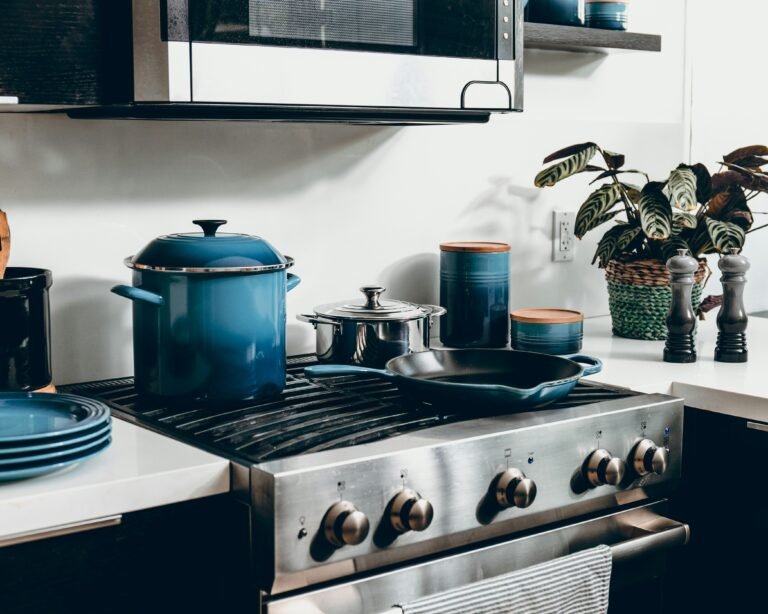Table of Contents
The Need for Dehumidifiers in Modern Homes
Tired of living with musty air and damp corners? Experts from the Indoor Air Quality Association note that proper humidity control protects your family and home.
Managing indoor air quality is more important than ever. High or low humidity can harm your health, waste energy, and damage your home. A dehumidifier helps keep your air clean and your home safe. This guide shows you how dehumidifiers work, the types available, and tips for care.
1. Understanding Humidity and Its Effects on Health and Home
Humidity shows the amount of water vapor in the air. The best range for indoor air is between 30% and 50%.
When humidity goes above 50%, it can help mold and dust mites grow. These can trigger allergies and asthma. High moisture also lets bacteria and fungi spread, risking your health.
Humidity affects your home too. Too much moisture can warp wood, peel paint, and rust metal. These issues may lead to expensive repairs and musty smells.
2. The Mechanics Behind Dehumidifiers: How Do They Work?
A dehumidifier draws air in with a fan and cools it so water condenses. It then collects the water and reheats the air before releasing it back into the room.
This process runs until the room meets the set humidity level using a humidistat.
Key Components of a Dehumidifier:
- Fan: Draws in humid air and pushes out drier air.
- Cooling Coils: These chill the air so water vapor condenses.
- Reservoir or Drain Hose: Catches the water from the air.
- Compressor: Helps cool the air in refrigerant models.
- Humidistat: Lets you set and keep the right humidity level.
- Air Filter: Traps dust for cleaner air output.
This clear process makes it easier to fix simple problems and care for your unit.
3. The Importance of Controlling Humidity: Health and Comfort Benefits
Dehumidifiers boost your comfort and health. They work hard to keep allergies and breathing issues low.
Health Benefits:
- Reduces Allergens: Lower humidity cuts down mold, dust mites, and mildew.
- Prevents Mold Growth: Fewer molds mean fewer breathing troubles.
- Improves Breathing: Drier air makes it easier for asthma and COPD sufferers to breathe.
- Limits Bacterial Growth: Less moisture means fewer bacteria and less chance of infections.
- Promotes Better Sleep: Cooler, drier air helps your body rest well.
Comfort and Efficiency Benefits:
- Boosts HVAC Efficiency: Less humidity eases the air conditioner’s work, saving energy and money.
- Enhances Comfort: A dry room feels cooler and more pleasant.
- Speeds Drying: Laundry and towels dry faster in lower humidity.
- Prevents Condensation: Removing extra moisture helps keep windows and pipes dry.
4. Different Types of Dehumidifiers: Which One is Right for You?
Pick the right dehumidifier by thinking about room size, humidity, and needs. Here are the common types:
a. Refrigerant (Compressor) Dehumidifiers
These popular units cool air with coils to condense moisture. They work best in warm spaces but may struggle in cold areas.
b. Desiccant Dehumidifiers
These use a moisture-absorbing material like silica gel. They are great for cold spots and often run more quietly.
c. Whole-House Dehumidifiers
Installed into your HVAC system, they control moisture for your entire home.
d. Portable Dehumidifiers
Light and moveable, these target small areas like bathrooms or kitchens. They are ideal for renters and short-term needs.
5. What to Look for When Buying a Dehumidifier
Consider these tips when choosing your dehumidifier:
- Size and Capacity: Measured in pints, larger rooms need higher capacity.
- Humidistat: Lets you set and maintain your target humidity.
- Energy Efficiency: Look for ENERGY STAR models to save on power bills.
- Drainage Options: Continuous drainage or built-in pumps add convenience.
- Noise Level: Quiet models are best for bedrooms or living spaces.
- Filter Maintenance: Removable, washable filters are easier to care for.
6. How to Maintain Your Dehumidifier for Longevity
Proper care helps your dehumidifier last longer. Follow these easy steps:
- Clean the Air Filter: Dust builds up, so wash or replace it often.
- Empty the Water Reservoir: Do this regularly if you do not have continuous drainage.
- Check for Ice Buildup: In cold rooms, use a model with defrost to avoid frost on coils.
- Clean the Coils: Brush or vacuum the coils to keep them efficient.
7. Health Benefits and Energy Efficiency: The Dual Impact of Dehumidifiers
Dehumidifiers offer quick and lasting benefits. They make the air easier to breathe and lower energy bills by reducing stress on your air conditioner.
A home with balanced humidity is more comfortable, healthier, and less likely to suffer mold or damage.
Conclusion: The Versatility of Dehumidifiers for a Healthier Home
A dehumidifier is a smart tool against musty air, mold growth, and high energy use. There is a model for every space, from a small bath to a whole house.
Learn how your unit works, care for it well, and enjoy a cleaner, safer home environment.
If you liked this article, check out this dehumidifier on Amazon:
As an Amazon Associate, I earn from qualifying purchases.
Frequently Asked Questions
How does a dehumidifier help my health?
It lowers allergy triggers and reduces mold, letting you breathe easier.
What room size should I consider when buying one?
Select a unit based on the room area. Larger spaces need higher pints of moisture removal.
How often should I clean my dehumidifier?
Clean the filter and coils every few weeks, depending on usage, and empty the water reservoir daily if needed.
Explore this topic: Productivity
Last updated on August 7, 2025








